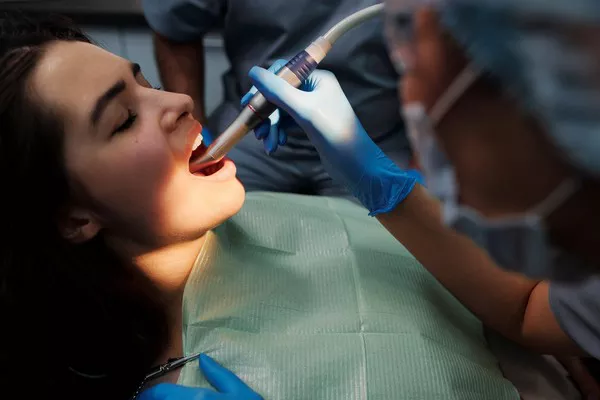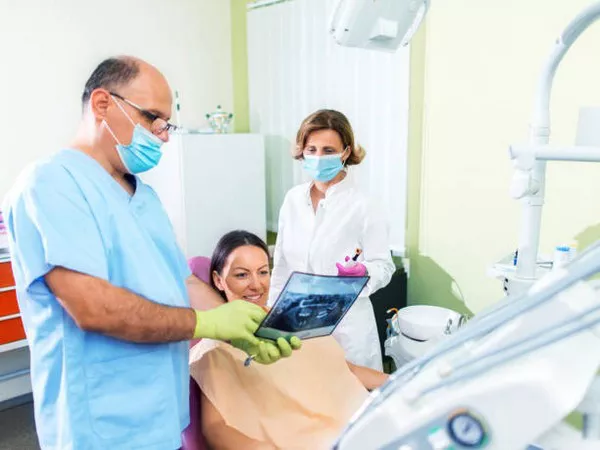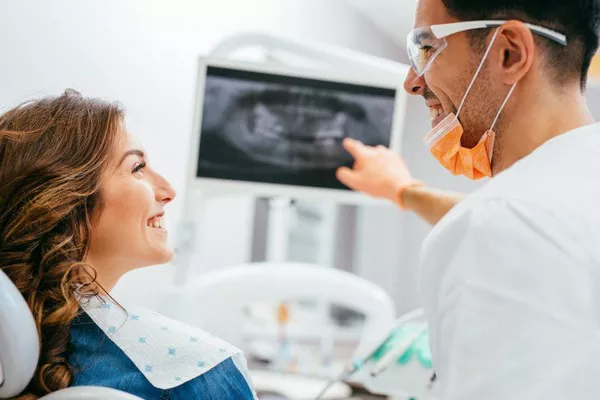In life, the teeth will affect the growth and development of maxillofacial bones, nerves, muscles, teeth and soft tissues, resulting in abnormal changes and then the formation of malocclusion deformity.
And irregular teeth not only affect our appearance, but also affect chewing.
So, what are the characteristics of adult orthodontics?
1. Adult orthodontic process is longer, generally need 1.5 ~ 2.5 years to ensure that orthodontic achieve the expected effect, which has a great deal to do with the slow adult metabolism.
2. The price of adult orthodontics is higher than that of teenagers, because adult orthodontics has higher requirements for orthodontic methods, and the price of good orthodontics is higher, but the effect of invisible orthodontics is more suitable for adults and will not affect adult social interaction.
3. Severe alveolar bone deformity can only be corrected when the patient becomes an adult. Adult alveolar bone deformity can be corrected by surgical orthodontics to completely solve the dental deformity caused by alveolar bone deformity.
4, the adult oral situation is more complex, the correction process is more difficult, such as oral diseases need to be cured before correction, so the price will be higher.
Adults may want to change their face while orthodontic, so the measures need to be different from children, some people may want to remove teeth to change the face shape, these need to be elaborated with the doctor, jointly determine the plan, to achieve better results.
1. Threats to root health Traditional orthodontic treatment will threaten root health. This is because resorption and proliferation of root surface also occur during orthodontic treatment.
After correction, the root will return to normal by its own repair ability, but once the treatment force is too large during the correction process, it will increase the risk of root resorption.
2. Loosening of teeth Loosening of teeth is a typical injury of orthodontic teeth. Under normal circumstances, each tooth has a certain physiological movement in order to cushion the chewing pressure and prevent tooth trauma.
But because the tooth has to move, it needs to rebuild the alveolar bone and the periodontal membrane. Because the tooth is held in the alveolar bone by the periodontal membrane, the tooth can become loose.
3. Threat to pulp health in the early stage of orthodontic treatment, the pulp produces mild and temporary inflammatory reaction, which is manifested as pain or discomfort in the first few days of the afterloading, and this situation may occur in some cases.
But the experiment proved that this kind of orthodontic harm is not clinically meaningful.
































